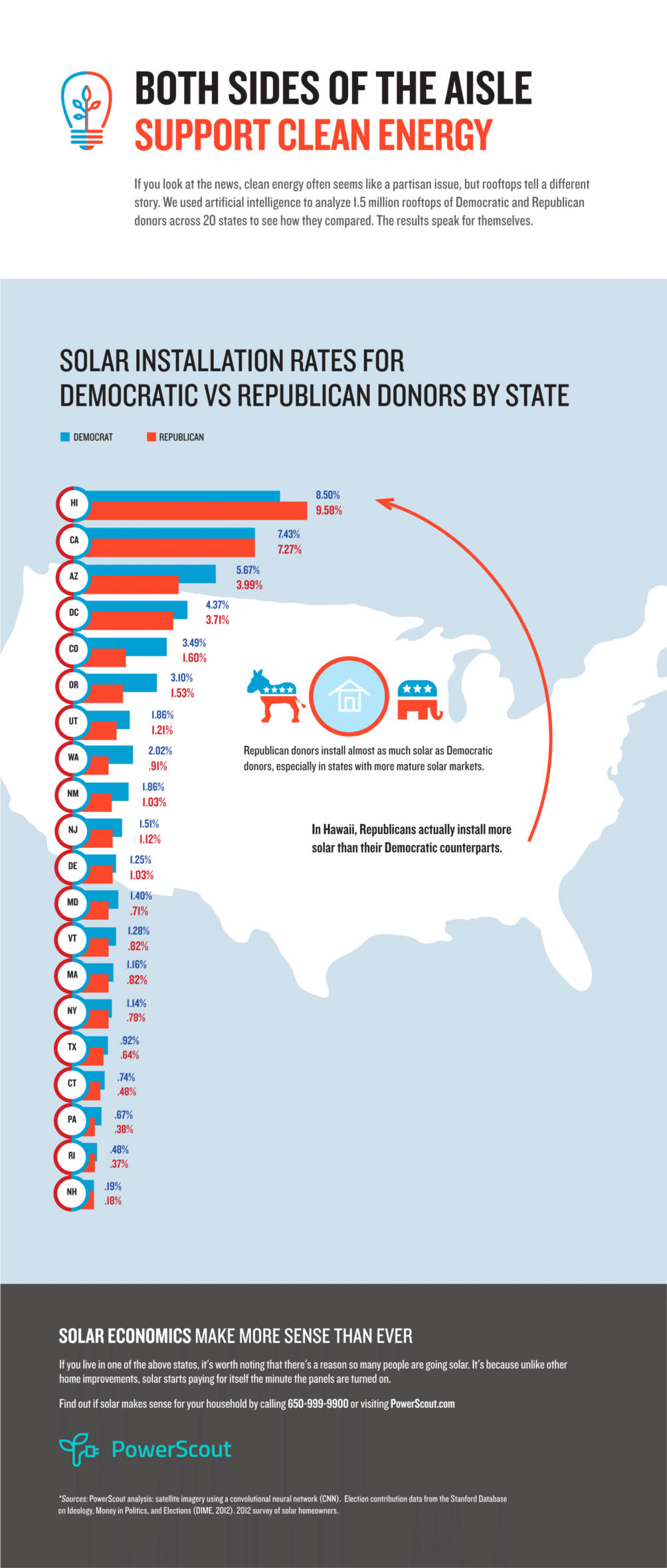Solar power may not yet be as competitive as fossil fuels for supplying electricity to the grid in the U.S. In part due to the enormous tax subsidies and credits the fossil fuel industry enjoys. These credits, surpass incentives, and rebates provided to the solar industry–which even then, is under threat.
Forecasts indicate that solar power production costs could drop twenty percent every time output doubles. Commercial demand for solar cells in the U.S has been increasing at a rate of twenty-five percent a year.
According to a new report from Bloomberg New Energy Finance, solar power will become the cheapest source to produce power in many countries over the next 15 years. Part of the cheap solar power will be unleashed because the cost of installing solar panels on rooftops will drop 60% to an estimated average of around four cents per kilowatt hour by 2040, the report said.
That’s cheaper than coal and natural gas power in many regions. If there is enough foresight to develop solar power technology, then solar-derived hydrogen could become a competitive feedstock in petrochemicals.
However, if there is no leadership from government and pushful policy in support of solar, this process of change could take fifty years. With proper leadership, it could be realized in less than ten to fifteen years.
Talking about leadership, one could tend to say that most U.S Republicans support the fossil fuel agenda while most Democrats tend to lean towards a renewable energy future that involves the adoption of solar power technology. While we try to discern fact from fiction, let’s leave Washington politicians aside and focus on the homeowner regardless of political inclination.
By doing this, we realize that most homeowner just want what is best for their home and pocket. When it comes down to it, getting cheap power from the sun is a priority for households on both sides of the political divide.
Case in point is a recent study that used machine-learning algorithms and satellite imagery to detect rooftop solar panels on the homes of 1.5 million political donors in 20 states. This A.I. based image recognition model-study-analysis determined which of these homes had rooftop solar.
The findings may surprise you.
In mature solar markets like California and Hawaii, Republicans and Democrats install solar at nearly equal rates. In more nascent markets, Democrats have slightly higher installation rates than Republicans.
Results from other parts of the U.S are also fascinating to examine.




















Comments